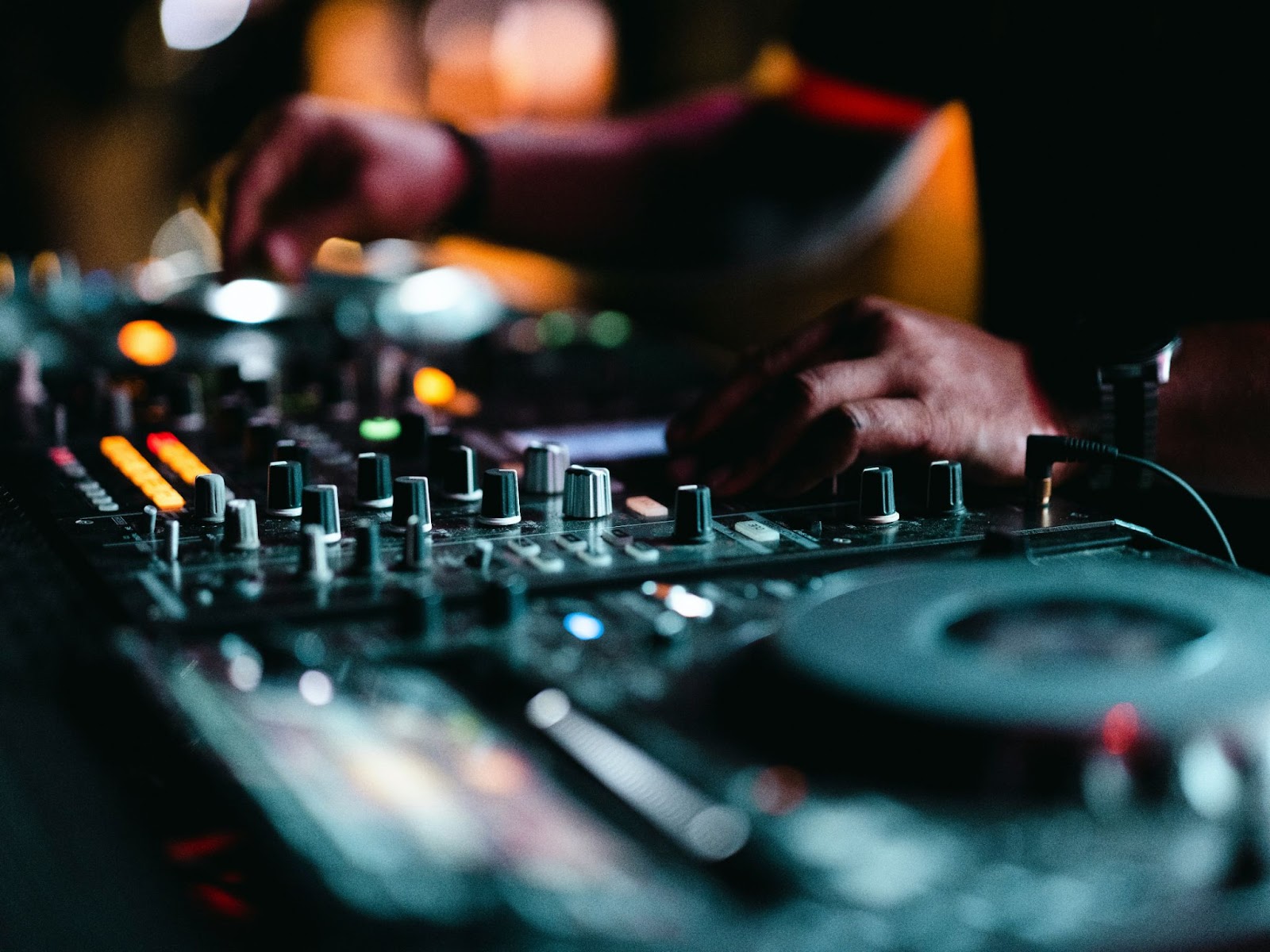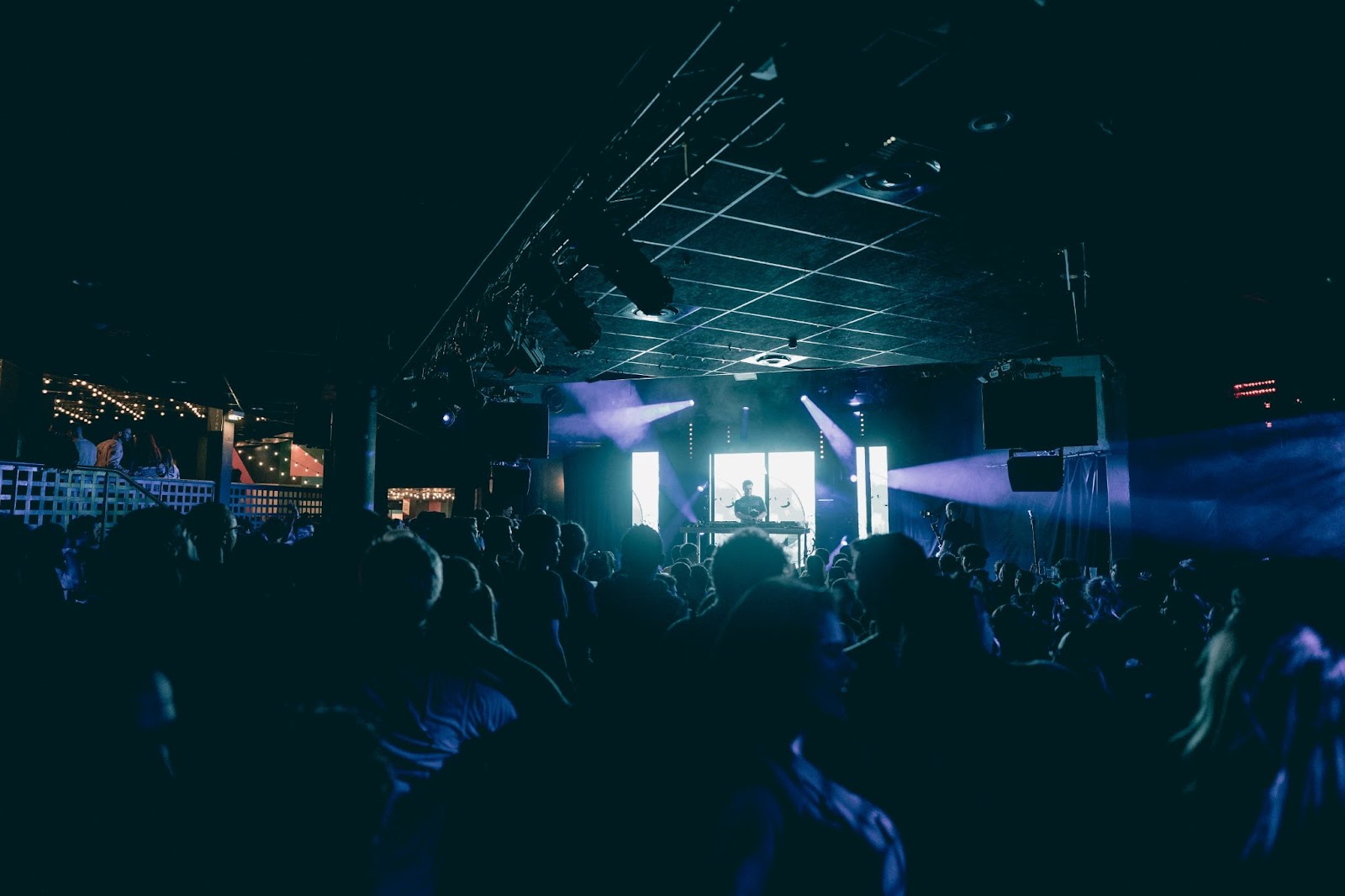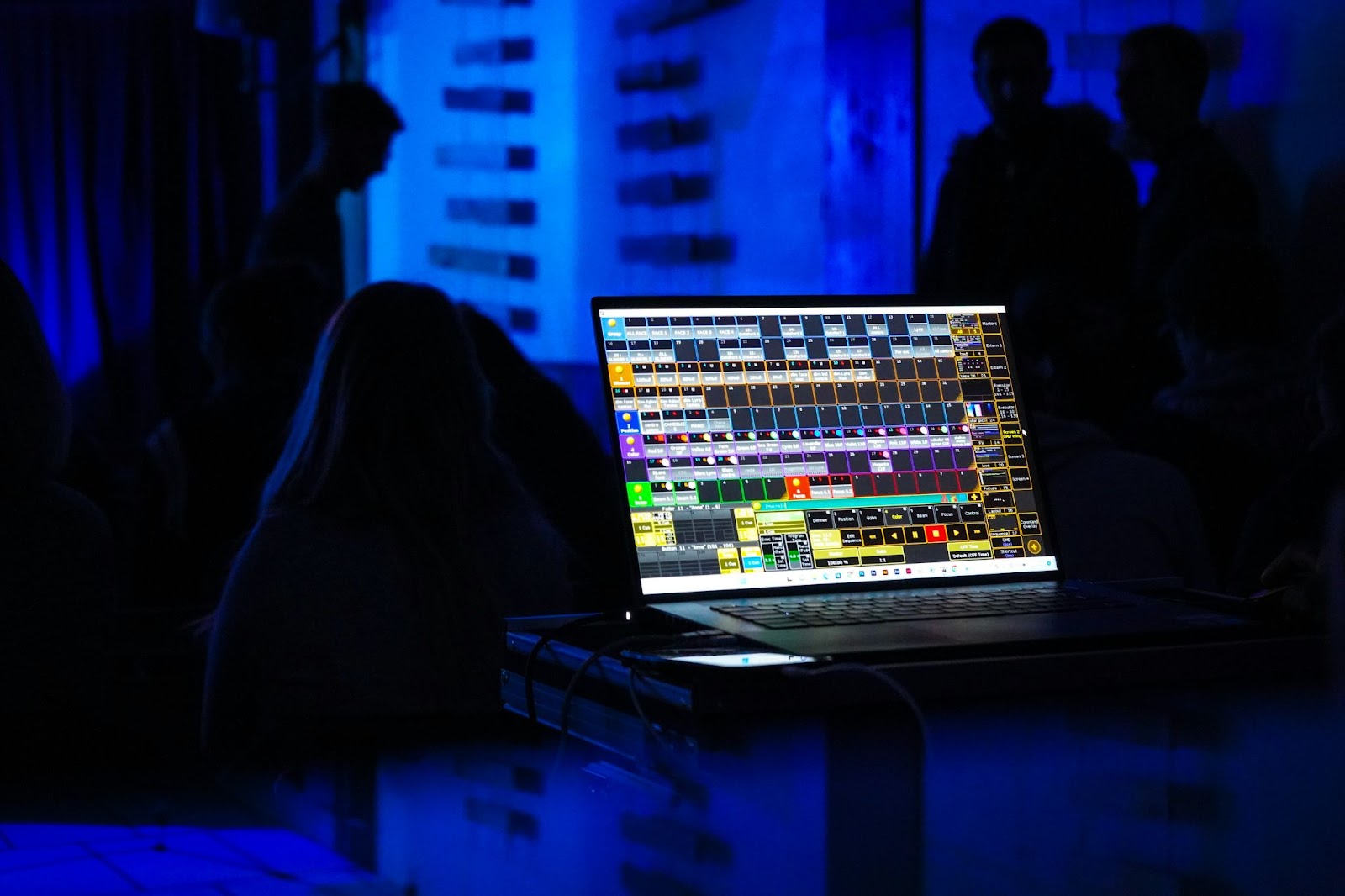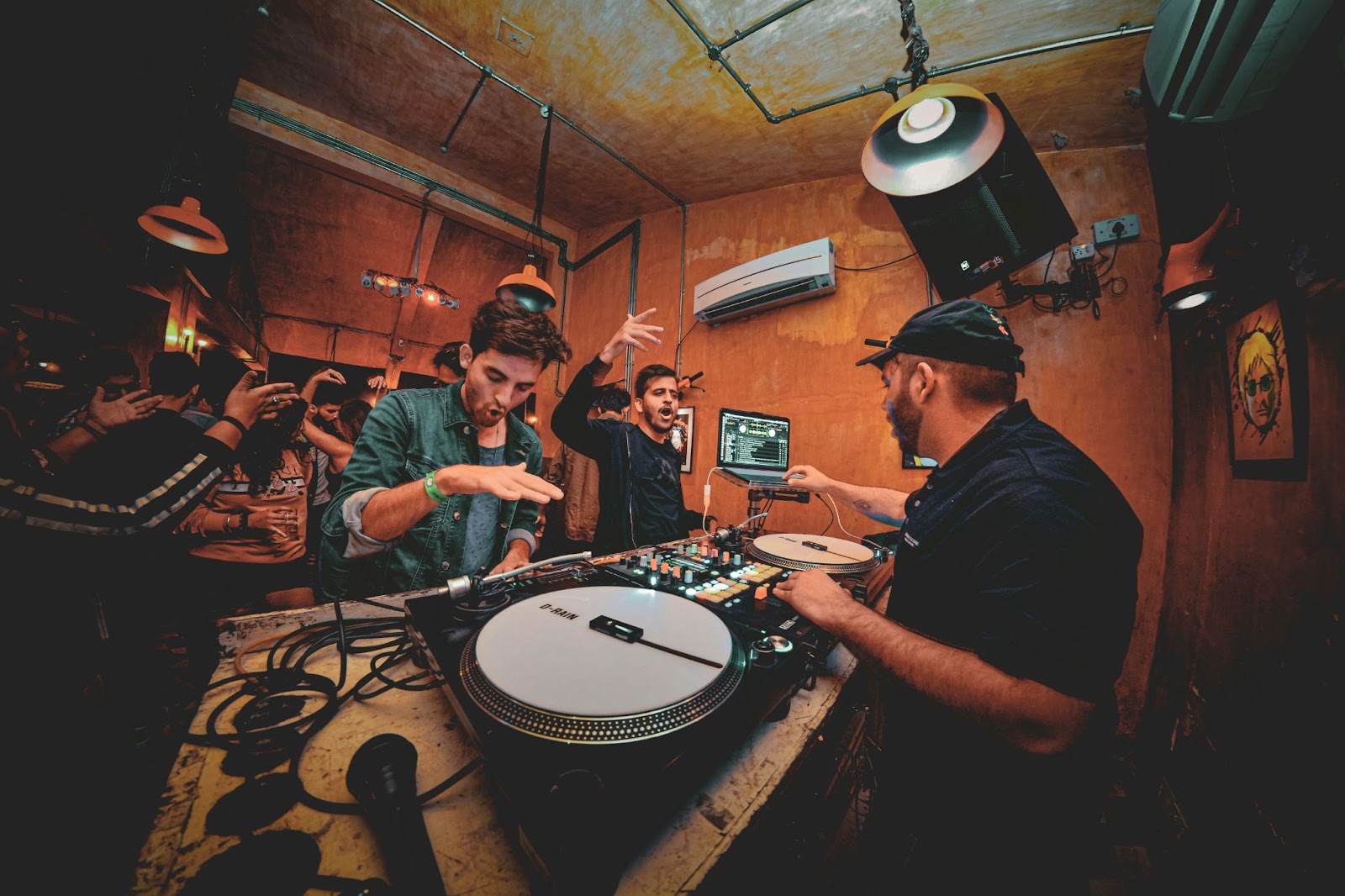The 1% Reality: What the Numbers Tell Us About DJ
Economics

Only 1.6% of DJs are booking five or more gigs — here’s what the numbers reveal about who’s actually thriving in 2025.
Electronic music continues to grow. Festival attendance is on the rise, streaming numbers are soaring, and new DJs are popping up daily. But, peer into the data, and you’ll find a more nuanced story — one that reveals how opportunity distributes in today’s market.
 Market Insights: What the Numbers Really Say
Market Insights: What the Numbers Really Say
Resident Advisor’s database has a total of 134,147 DJ profiles scattered across the global club scene. Just 21,351 — a mere 16% of all profiles — have at least one future booking as of May 26, 2025. These are your “active” DJs.
Dig deeper, and you’ll find 14,327 who show both experience (20+ career gigs) and current activity. But at the very top? Just 2,175 DJs with five or more upcoming shows. That’s 1.6% of the total.
Like any competitive creative industry, electronic music concentrates opportunities for a tiny percentage of the total. The interesting question isn’t whether this is good or bad, but what it means for navigating today’s DJ landscape.
[advert]
The Democratisation Effect
Technology has lowered the barriers to entry. Vinyl collections, expensive hardware, and technical expertise - all required heavy investment and a lot of time to master back in the day. Today’s DJ can start with a laptop and a basic controller.
This democratisation has created something fascinating but harsh: rapid growth in participation without a corresponding proportional increase in opportunities. More people can DJ than ever before, but club slots, festival bookings, and residency positions have just not increased at the same rate.
The math is simple — if barriers to entry drop while opportunities remain more or less unchanged, competition intensifies. Democratisation in an oversaturated market doesn’t create opportunity; it alters the limited nature that gave expertise its value.
Perhaps it's for these reasons that Audience Strategies’ “From Mix to Mainstage” research for Toolroom Academy found that 76% of surveyed electronic music artists don’t consider their careers financially sustainable. The economic reality forces 82% to take up jobs unrelated to electronic music, with 56% working full-time in other fields.
What is genuinely interesting, however, is how DJs are responding. Instead of competing over the limited existing slots, many create their own. The rise of DJ-promoted events, warehouse parties, and independent club nights are all great examples of this adaptation.
[quote align=right text="Where you are based affects the number of opportunities available, a fact that becomes crystal clear when looking at where bookings are concentrated"]
[advert]
Mapping the Gig Economy
Where you are based affects the number of opportunities available, a fact that becomes crystal clear when looking at where bookings are concentrated, without surprise, in major electronic music cities.
London leads with 14,284 DJ profiles, of which 2,691 are “active” (18.8%), and 397 maintain five or more upcoming gigs. Berlin follows with 12,829 profiles, 2,657 active DJs (20.7%), and 393 in the top tier. Despite having only 2,883 total profiles, Amsterdam shows 643 working DJs (22.3%) and 131 busiest DJs.

These three cities alone account for 29,996 DJ profiles — nearly 25% of RA’s global database concentrated in just three major hubs of electronic music. The “active” DJ populations in these cities (5,991 combined) account for 37.8% of all “active” DJs globally. It shows that being located in these areas increases success rates.
The Digital Conversion Game
Here’s where market dynamics get really interesting. After a recent Berghain gig, analysts examined how these powerful performances drive digital momentum across various platforms for the DJs who play there.
John Talabot’s Spotify monthly listeners grew by 2,400 the day after his set, while his SoundCloud gained 55 followers and 5,400 additional plays. Amotik saw Spotify followers surge by 112 while SoundCloud plays exploded by 66.9%. Ryan Elliott’s Instagram gained 189 followers post-gig, correlating directly with 240 new Spotify monthly listeners.
Each artist’s growth followed different pathways, but all showed the same principle: cultural moments create interconnected momentum across digital platforms. The question becomes how to convert that performance energy into sustained digital growth and maximise the impact of an opportunity like a gig at Berghain.
[quote align=right text="cultural moments create interconnected momentum across digital platforms"]
The challenge lies in leveraging the benefits of multiple platforms and avoiding excessive dependency on any single channel. Knowing how platforms interconnect gives a competitive edge. Successful DJs are good at creating multi-platform strategies for cross-pollination between different audience groups.
“... keeping your movements documented online (in a way that feels authentic and comfortable to you – not everyone has to be a social media star) can certainly be beneficial in this visual age …” - Jay Carder (DJ & Co-founder, Erbium Records)
There are exceptions, though — established artists who built their careers before the digital boom can maintain intense booking schedules without the pressure of social media presence. However, DJs developing their careers today need to understand the conversion of live performance impact into digital traction.
The Production Pressure
Many DJs starting in recent years have faced the somewhat uncomfortable question: "Do you produce?" For those who don't, this creates a particular challenge in today's market.

The relationship between DJing and production is a complex one. Many producers take up DJing because streaming royalties often will not pay enough. On the other hand, DJs transition into production for credibility and career advancement. It’s clear that DJing skills alone are not sufficient to differentiate in a crowded market, and also, simply producing will not pay the bills.
This intersection creates interesting dynamics. Some artists excel at both, using production skills to create engaging DJ sets. Others focus on mastering one area while also developing enough skills in other areas to meet industry standards.
“... I do feel that nowadays having music to support your DJ career is helpful. I have certainly had bookings off the back of my releases, so yes, it's helpful, but so is persistence, being really good as a DJ alone, and staying authentic to yourself …” - Jay Carder
Again, there are exceptions here, too — DJs who never produce but excel at marketing or networking. These outliers show that there are many paths to success, and achieving it requires focused effort in the areas you choose — a philosophical lesson!
Who’s Really Working: The “Active” and the 1%
From the earliest radio disc jockeys to the club pioneers who transformed nightlife culture, the DJ's role has always been about more than just playing records — it's about creating moments, building communities, and pushing music forward.
The 14,327 experienced “active” DJs and the 2,175 with five or more upcoming gigs reflect just those strategies for navigating today’s market conditions. Some relocate to the major hubs that have a higher opportunity density, while some focus on specific genres or performance styles that set them apart from generalists.
Revenue diversification has become almost necessary for sustainable careers. Teaching workshops, offering production services, consulting on event planning, and creating income streams beyond performance fees. According to the Toolroom Academy research mentioned earlier, the data shows that successful artists are expanding beyond traditional roles, with 16% producing music for others, 13% working in sound engineering, and 8% teaching music production or DJing. The most successful DJs treat their career as a portfolio rather than relying solely on performance fees.
Social media and content creation can be time-consuming, but they are essential for getting noticed in crowded markets. The challenge is finding the right balance between making content and focusing on the music itself. Networking is also crucial, especially in competitive areas. Collaborative approaches — supporting other DJs, participating in collective events, and sharing opportunities — often yield better long-term results than zero-sum competitive strategies.
Business acumen separates sustainable careers from hobby-level activity. Understanding market dynamics, developing multiple revenue streams, and treating DJing as an entrepreneurial activity rather than just artistic expression appear crucial for consistent booking success. The most successful DJs balance artistic vision and practical market understanding.
“… not only be really good at what you do, but also have a USP. Make every performance count. Be the best you can, whether there are 10 or 1000 people there. In your down periods, work on building your skills even further …” - Jay Carder
The DIY Response
One of the most interesting developments is how DJs are creating their own opportunities rather than just competing for existing ones. Warehouse parties, pop-up events, and independent club nights provide DJs with opportunities to perform while building their audience and fostering industry relationships.

This DIY approach requires skills beyond just being a DJ - event planning, promotion, and business development. At the same time, it provides more control over career trajectory and audience development rather than waiting for bookings.
The rise of social media has also made independent event promotion more viable than before. DJs can build audiences, communicate directly with fans, and promote events without relying on traditional gatekeepers.
Navigating the “Scene”
These statistics shed a light on the current market structure, its challenges and opportunities. Electronic music’s dedicated fans give good reasons to feel hopeful. The industry is evolving and accelerating through technological advancements, shifting consumption patterns, and global market growth. Equipment is more accessible, production tools more sophisticated, and distribution channels are direct.
However, success requires understanding these changes and adapting to them in real-time. The DJs who thrive aren’t necessarily the most technically skilled, but those who best navigate market dynamics while maintaining genuine artistry.
It's essential to remember that understanding these numbers enables us to make more informed choices about career growth and set realistic goals in this highly competitive industry. The key is to view market trends as helpful information rather than as problems.
Rufy Ghazi is a music tech and research executive based in London. She is also the author of "From Mix to Mainstage" for Toolroom Academy and the Electronic Music Industry Report for NTIA, featured in this article. Follow her on LinkedIn & Instagram or write to her.
Images: Unsplash
[social-links heading="Follow Attack Magazine" facebook="https://www.facebook.com/attackmag" twitter="https://twitter.com/attackmag1" instagram="https://www.instagram.com/attackmag/" youtube="https://www.youtube.com/user/attackmag" soundcloud="https://soundcloud.com/attackmag" tiktok="https://www.tiktok.com/@attackmagazine"] [product-collection]
237